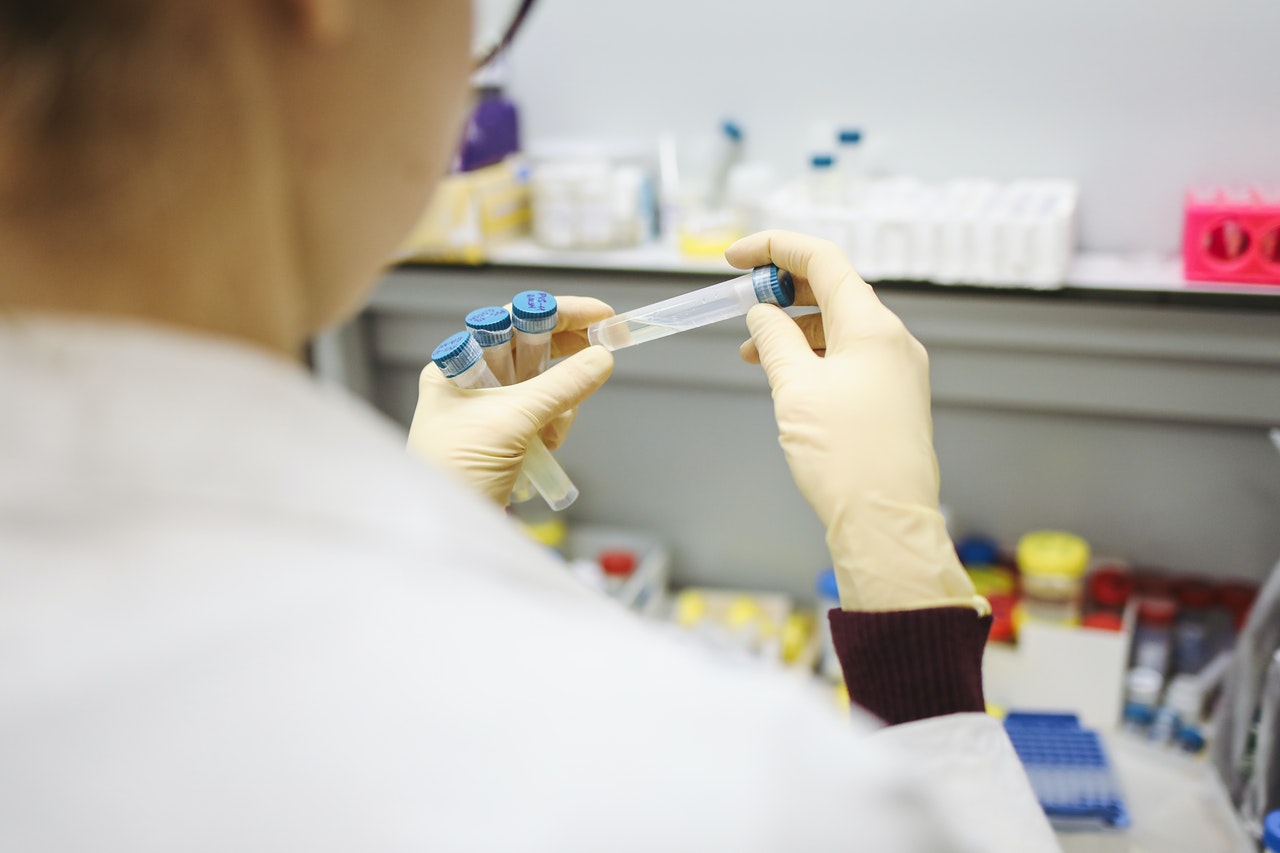How are Vaccines Made
- April 26, 2022
- Health
The world has been obsessed with vaccines lately. Before the pandemic, the only people who were concerned about the jabs were the parents (mostly) as the tiny tots were too tiny to care about them. While the adults fervently kept tabs on their children’s vaccination schedules, the rest of us waltzed by, unconcerned.
But things changed, and how. Covid-19, the dreaded lockdowns, high mortality rates had all of us praying for a miracle — in the form of a vaccine.
And of course, now that we know that vaccines are real life-savers and an effective way of pushing back pandemics, epidemics and infectious diseases, it’s time to decode them further, for there still are naysayers amongst us.

What are the ingredients in a vaccine
Surprisingly, vaccines have a tiny part of the disease-causing organism or sometimes, blueprints for making these tiny fragments of disease-causing organisms. They also contain other ingredients, basically to keep the vaccine safe and effective. These are the antigens or the active components, preservatives, especially when the vial is for multiple doses, stabilizers to keep vaccines from undergoing further chemical reactions and getting spoilt and surfactants that keep all the ingredients of the vaccines blended together. Additionally, the vaccine may have residuals, dilutents and adjuvants.
How are vaccines developed
During the development phase, every vaccine goes through extensive and rigorous testing to ensure it is safe.
The first step is to decide which antigen is to be used in a vaccine so that it evokes an immune response. At this stage, mostly it is animals which are used for testing purposes.
If the vaccine triggers an immune response, it is then tested in human clinical trials. These trials are in three phases.
In the first phase, the vaccine is given to young, healthy adults. Only a small number of volunteers are used.
In the second phase, the vaccine is given to several hundred volunteers to further assess its safety and ability to generate an immune response. A group that did not get the vaccine is usually included in phase as a comparator group.
In the third phase, the vaccine is given to a much larger group. These trials are in multiple sites within a country or in multiple countries. It is to assure that the findings of the vaccine performance apply to many different populations.
When the results of all these clinical trials are available, there are reviews of efficacy and safety before the vaccine is introduced in a country. Systems are put into place to monitor the safety and effectiveness of all vaccines on an ongoing basis.
As should be clear, vaccines are developed after utmost care and are constantly evaluated. Our own experience of the pandemic and subsequent vaccinations bringing down infection rates is evidence of the fact that vaccines are for our own protection.
If you want to share information around something, write to us and you can be featured on BeStorified.






